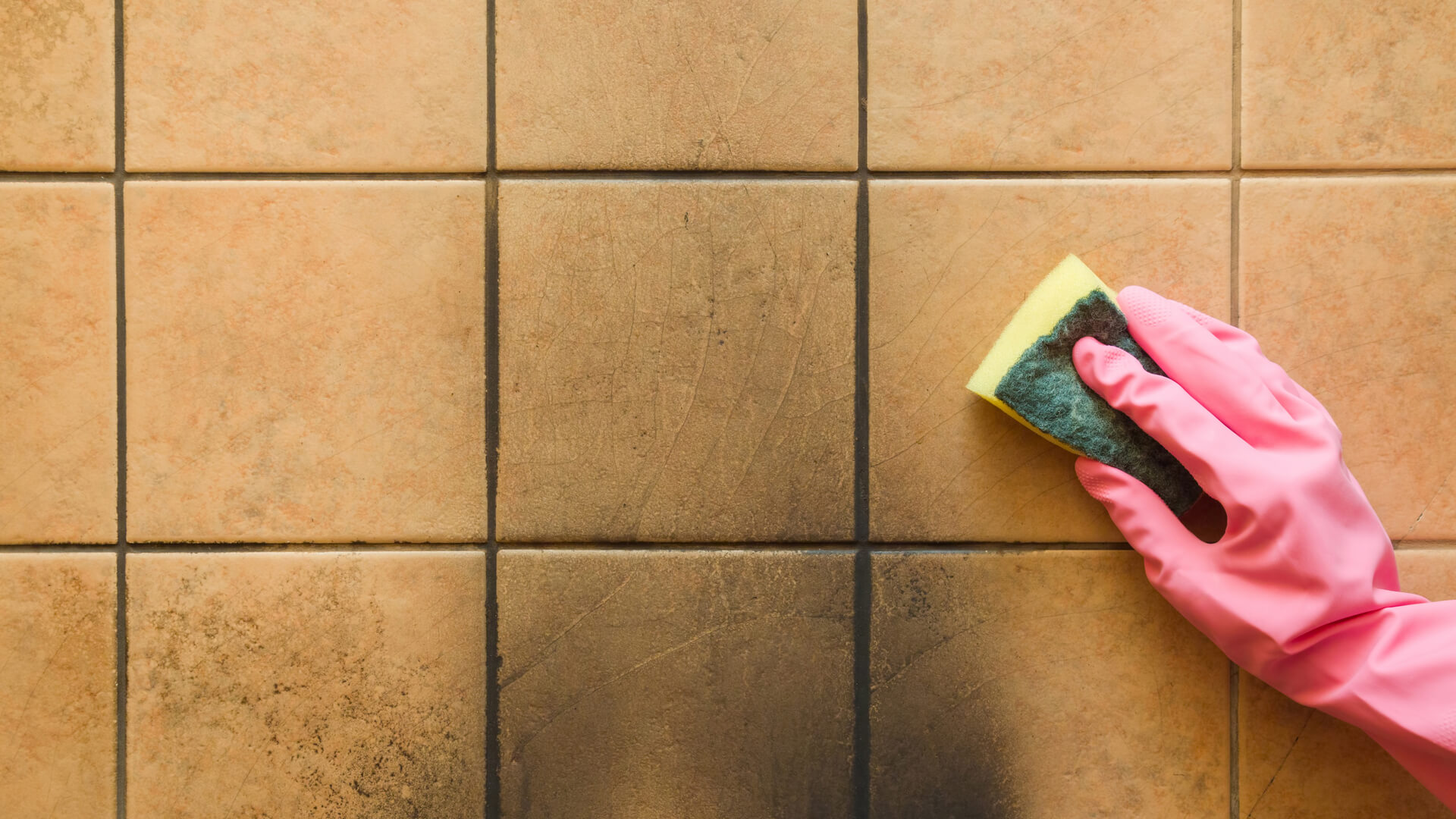Fire damage to a building, of any scale, is a serious danger to human health and life. Smoke and soot residue create chemicals that, over time, break down and can cause serious illnesses for not only the people in that specific part of the building, but potentially the entire premises.
Cleaning up smoke and soot residue is an arduous task, and one that is best left for professionals, as they will have the correct PPE, and access to materials and chemicals that consumers don’t.
Soot contains tiny, invisible-to-the-naked-eye toxins that have formed when non-organic compounds, or plastics containing halogen, burn. These don’t just cause immediate damage – if not fully removed, the damage will slowly erode your walls and the building itself over time.
If you’re prepared, there are some steps you can take to clean very small patches of soot and smoke from walls, but we’d always strongly encourage getting in touch with an expert to protect your health.
Before any work commences, you must put on full protective gear, including a single-use apron, gloves, goggles or eye covers, and a respirator. If you have a hazmat suit, or boiler suit, wear this, but ensure anything that is not single use is fully washed before using again.
You will need to purchase a chemical dry-cleaning sponge; most builders’ merchants will sell such a thing. This is a sponge that is made to absorb residue and doesn’t actually contain chemicals. You will also need to rent a high-power vacuum cleaner from a builders’ merchant that is suitable for dealing with soot, as your domestic one won’t be.
1. Prepare the area
Put down plastic dust sheets on areas like the carpet, windows, and items of furniture that cannot be removed from the room. Tape them securely with masking tape to ensure they don’t move and expose any gaps.
Remove any furniture that can be moved and using the high-power vacuum you rented, hoover the furniture completely and if it is fabric, consider getting any removable parts professionally dry cleaned.
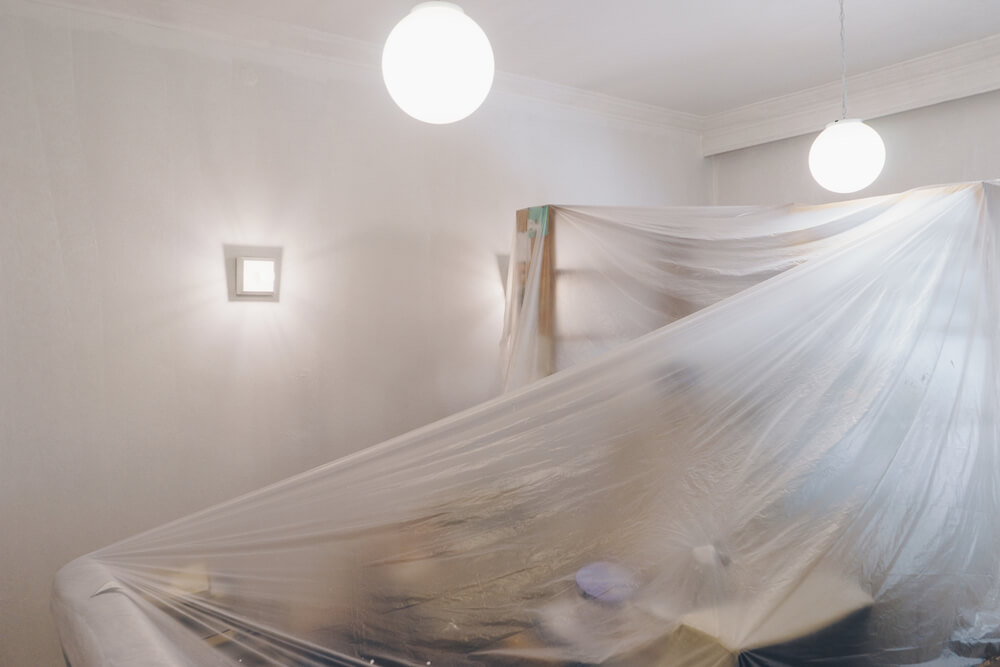

2. Ventilate well
Ventilation is of paramount importance when removing soot and smoke from walls. We would recommend opening as many windows as possible, or combining with the use of professional air movers. The more ventilation the better as it forces soot to go outside rather than remain in the premises.
3. Begin by vacuuming
Using a high-powered vacuum, remove all loose soot from the walls and any exposed surface.
Be gentle here, because the residue will be greasy, scratching the surface or moving the soot around will make future steps a lot harder and potentially lodge it further into the surface.
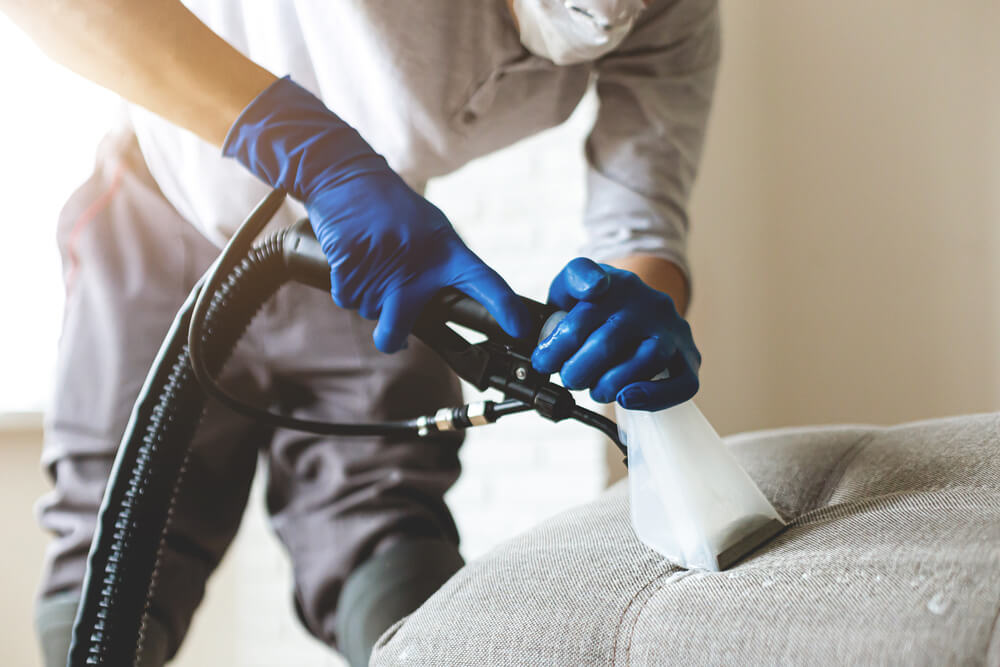
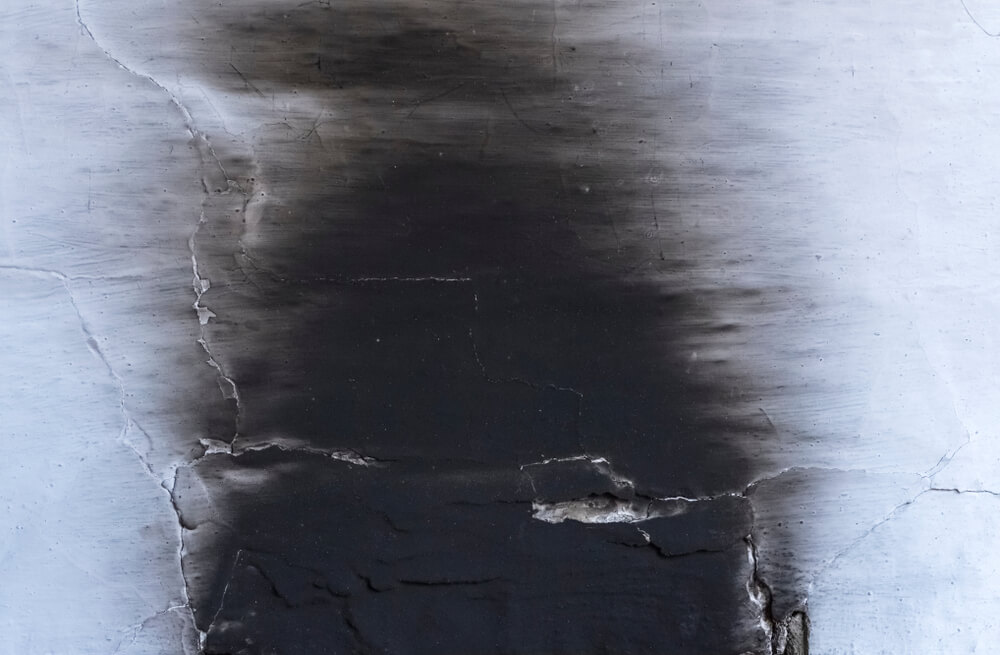
4. Use the sponge
As mentioned earlier, a dry-cleaning sponge is the only one you can use. Any other sponge will push the soot around and further into the wall.
Gently wipe any affected area with the sponge, checking in between every wipe that the sponge is not fully covered. As soon as it’s fully covered, either cut the affected area off or use a different part.
If there is any damp on the walls, then wait until it’s fully dry. Never wet your dry-cleaning sponge as this renders it useless.
Once the dry-cleaning sponge has picked up all it can, it’s time to use a degreaser.
5. Degrease your walls
Using a commercial soot and smoke degreaser is your best bet here. You’ll need a clean cloth, or several, as every wall needs wiping. Have a clean bucket of hot water and dilute the concentrate in it. With that, use another bucket of hot water to rinse your cloth out. Then using the same gentle wipes used for the dry cleaning sponge, use the same approach but wipe down every single wall, as well as items including the lightbulbs.
As soon as the water gets smoky, either through smell or look, replace it to avoid spreading soot around.
You may need multiple coats of degreaser to remove all residue.
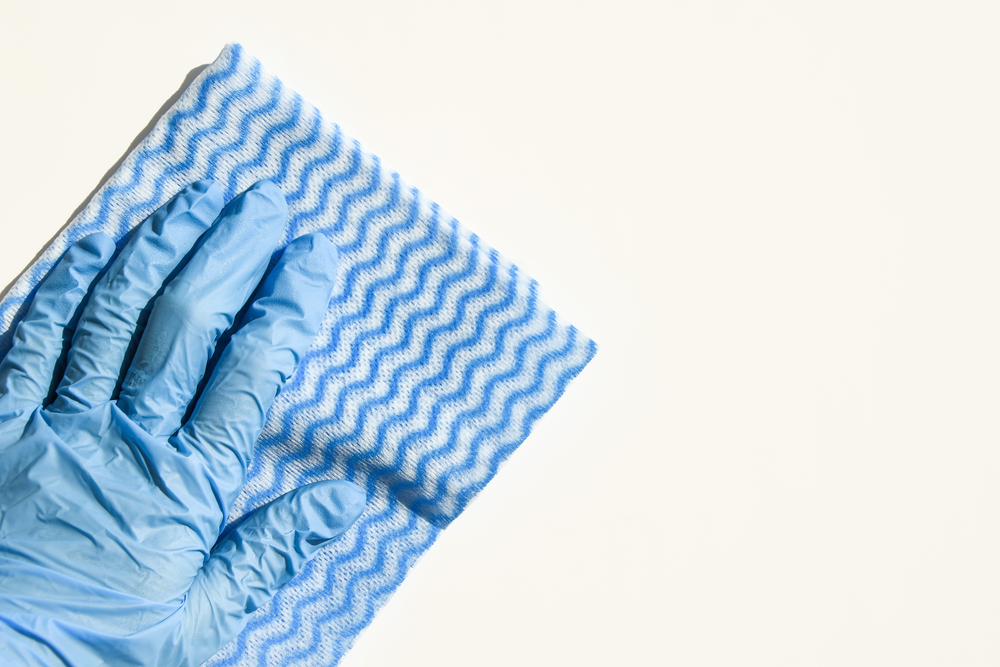
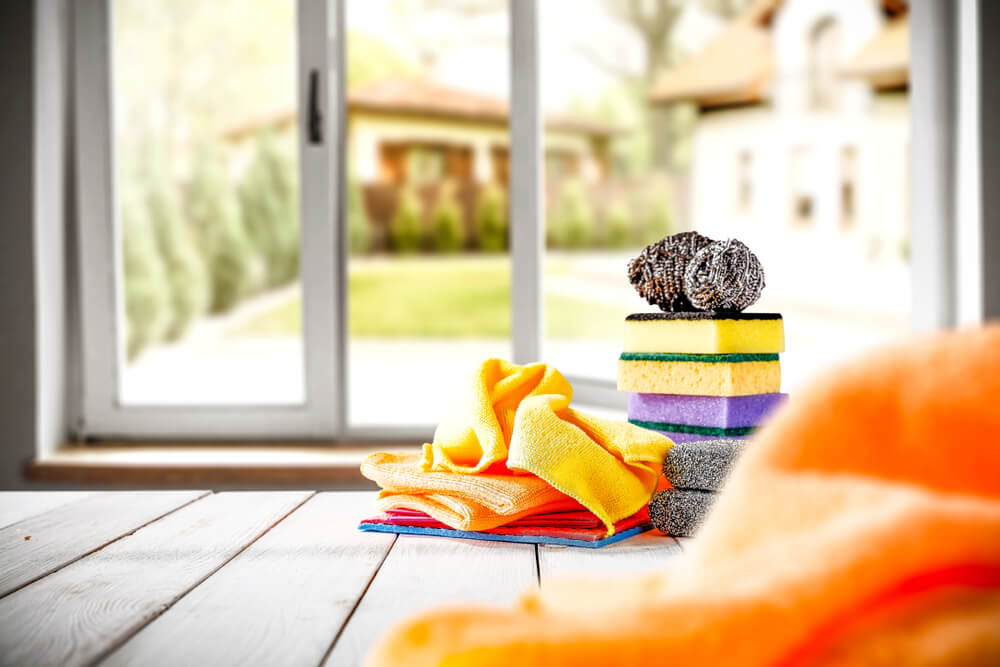
6. The final wash
Once the degreaser is coming up clear on every wipe, carefully dispose of the diluted solution according to local disposal laws.
Then, using a bucket of fresh hot water, fully wipe down walls to remove excess degreaser left behind.
Towel dry the walls and then, using a combination of industrial fans and ventilation, let the walls air dry for several hours.
Remove all dust sheets carefully so as to not ruin your hard work by recirculating soot. Then place any clothes in the wash or take them to a specialist dry cleaner to ensure you’re not carrying around residual soot with you.

